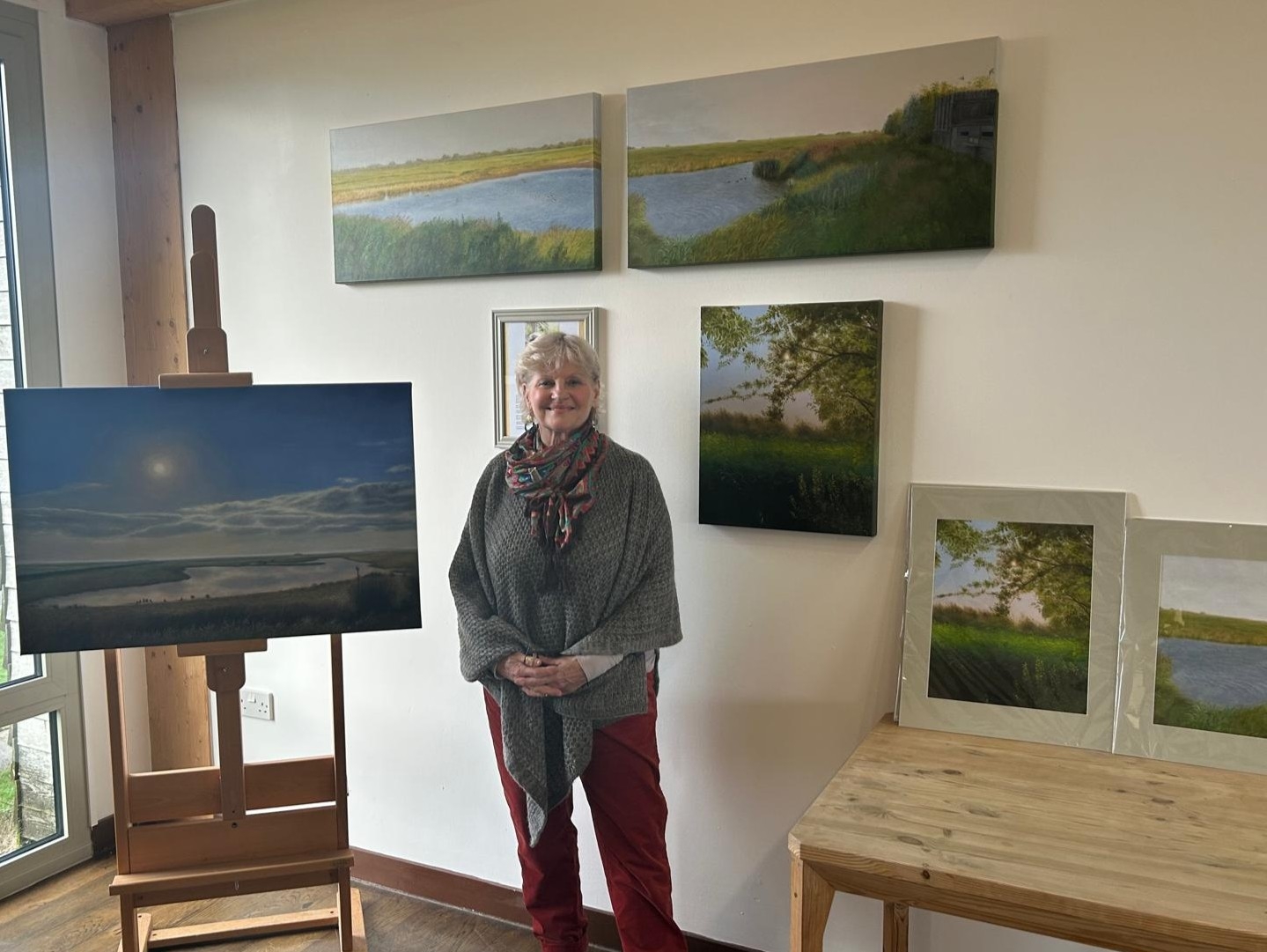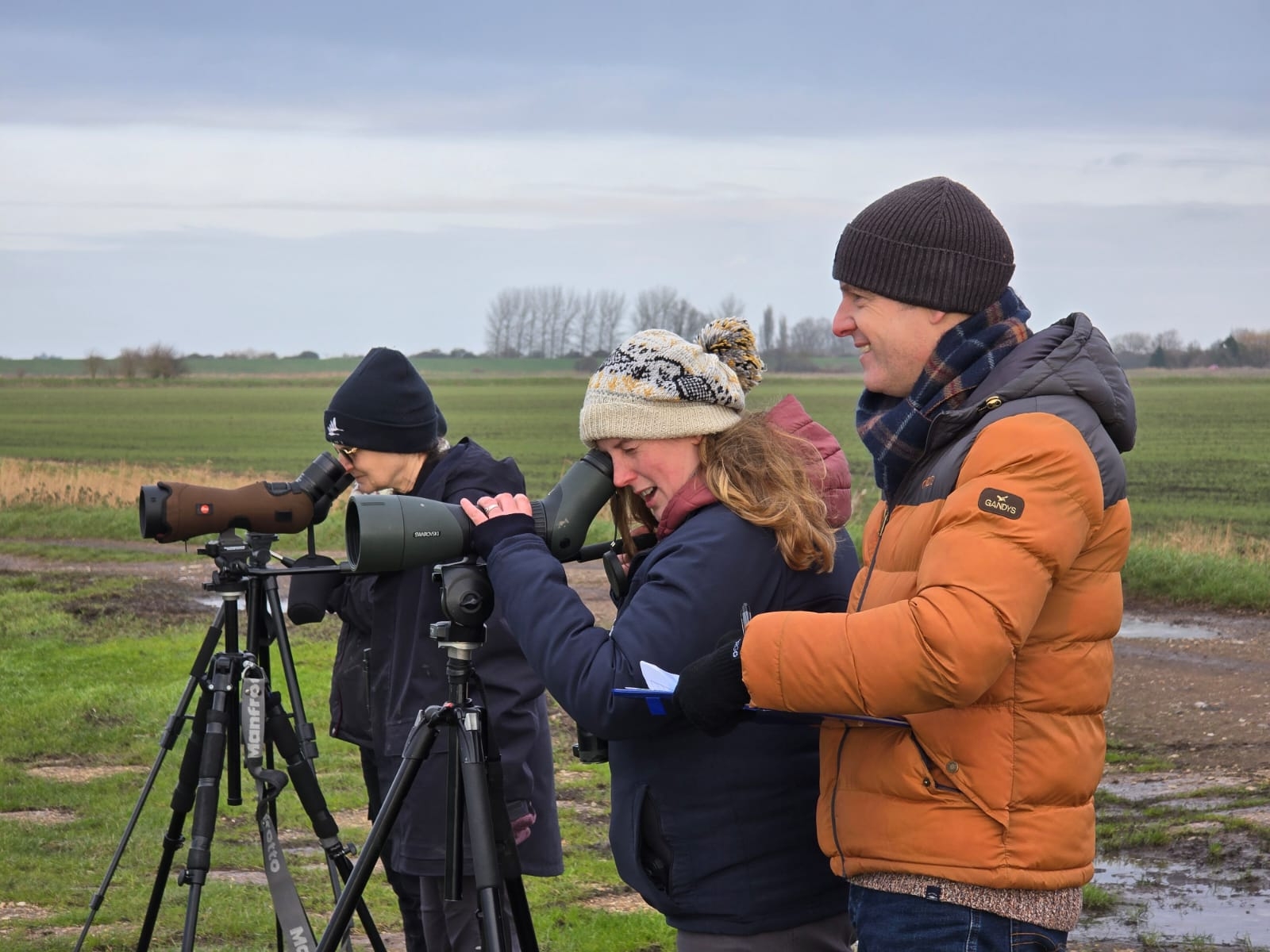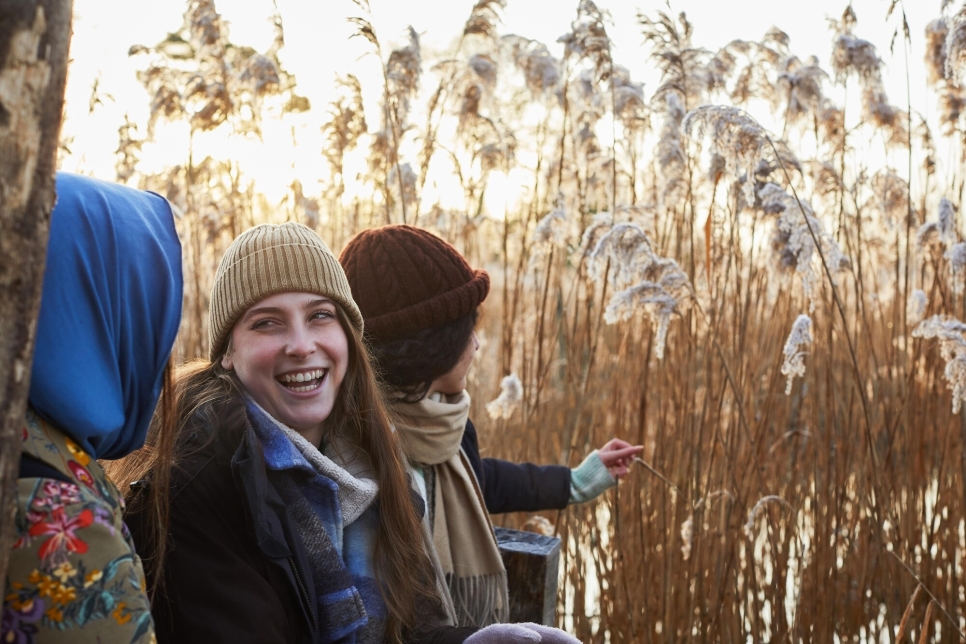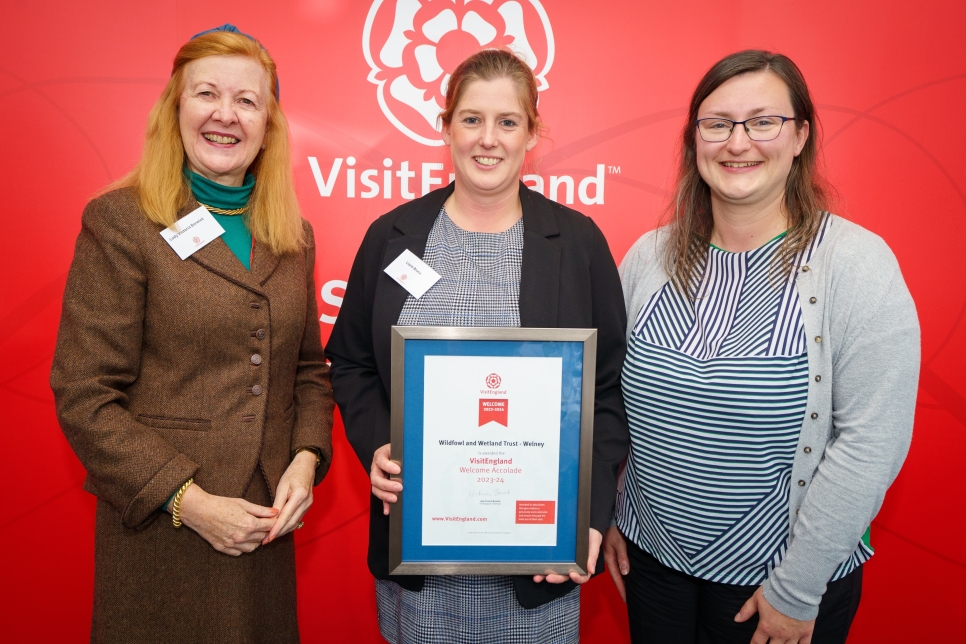Accessing our wetlands this spring
Spring is such an exciting time of year, there is so much to see and explore - birdlife, plantlife, insectlife. From Tues 2 May a local road closure will mean some journey planning may be needed ahead of a visit, but definitely don't be put off.
It is an exciting time of year to make a visit to our Welney wetlands as spring is finally getting started. Welcome back summer birdlife and enjoy the colourful array of plant and insect life. Planning your journey is needed whilst a road closure affects part of the road we are located on. This closure may affect the direction you are able to approach the visitor centre, see information below to help with this. But don’t be put off and miss out on this incredible time of year for wildlife as a dramatic transformation takes place across our wetlands.
A spring in our step
With water levels dropping, access to our reserve is improving with paths and hides now available to enjoy. A full day of exploration and experiencing the best of spring wetland wildlife is possible, soaking up the seasonal highlights from 10am – 4pm daily. The hides and viewpoints give great opportunities to enjoy looking out across the wetlands from different locations across pools, islands, open waterways and reed areas too.
Why not get together with friends and family to enjoy a restorative outdoor adventure? A different experience awaits you on every visit to Welney Wetland Centre. Watch as summer birds arrive and busy themselves with breeding season, from rare and boisterous wading birds, warblers singing their melodies in the reeds, and the only duck to come here for summer rather than winter, the garganey.

Some species provide close-up encounters like the swallows and house martins nesting in and around the hides. You never know what you might see as some wading birds briefly stop in, using our wetlands to refresh themselves on their journeys north.
It’s not just birds though, taking your time to explore the paths from the moment you arrive will reveal a world of colour from the wildflowers and wetland plants coming into bloom to the thousands of species of insect life in the air and on the ground.

Planning your journey
UPDATE: Work does not take place at weekends, so you can access us direct from Downham Market, Littleport, Wisbech or March without doing the diversions on Hundred Foot Bank.
From Tues 2 May there is a road closure along our road for an extended period of time. The first phase closes from Suspension Bridge to the visitor centre affecting people travelling from the South and West. Access to WWT Welney is still possible from the A10 via Ten Mile Bank, but not from the West (Welney village itself), or the South (directly from Littleport).It is best to find WWT Welney or our postcode (PE14 9TN) on google maps or your sat nav when planning your route, rather than putting in Welney so you don’t end up doing an unnecessary detour. We hope the map below is helpful to show the section of road which will be closed and how to approach the centre. We will update this information as the works progress and when we know of a change to the access.

Information from Anglian water about these works can be found by clicking here.
Taking care of you
Our wigeon café is a great place to fuel yourself and prepare for a day of wetland exploration. We have a delicious range of food and drink to be found at the Wigeon Café in our visitor centre and with views out across our wetlands and overlooking our bird feeders, the wildlife watching doesn’t have to stop just because you need to take a break. Our wonderful team of staff and volunteers are only too happy to welcome you and help you make the most of your day out with us.

The buds and the bees
Our dragonfly ponds and summer walk are yet to open, but there are plenty of areas to explore between the visitor centre and the hides. As the days warm and the sunshine encourages the vegetation to grow, a whole colour palette of wildflowers will come into bloom. The flowers and leaves of these plants are a great food source for many species of insect, which in turn are food for other insects and birds.

Early insects include the orange-tip butterfly, mason bees, bumblebees, scarce chaser and hairy dragonflies as well as beetles like the oil beetle or green socks peacock beetle. It is definitely worth taking a slow walk, or pausing and making use of the benches to stop and let wildlife reveal itself to you. Why not take a few minutes sitting on the grass and getting really close to some of our smaller species.

On Wednesdays we survey our moth trap to record the species attracted from the night before. Members can join us from 9am to explore the trap by following the early entry to reserve signs. We take a selection of species and have them available for everyone to view at the welcome desk from 10am when the visitor centre opens. The moths are released back out into the wetlands towards the end of the day. As the nights warm a greater variety of moth species will be out on the wing and May into June is a great time to see some of the larger moth species with poplar hawkmoth and eyed hawkmoth amongst others.

The first few herds of cattle are returning to the reserve for summer, many visitors enjoy watching them grazing, the wildlife that they encourage and the antics of the calves as they explore somewhere new to call home. The herds attract insects, providing food for flies with their poo and their feet muddy up water edges where birds can find invertebrates in the ground. The likes of yellow wagtail, swallow and house martin can often be seen in amongst the cattle feeding on the bug buffet.

Ready to visit?
If you are inspired to explore the wetlands of Welney, find out the essential information and book your visit online.



